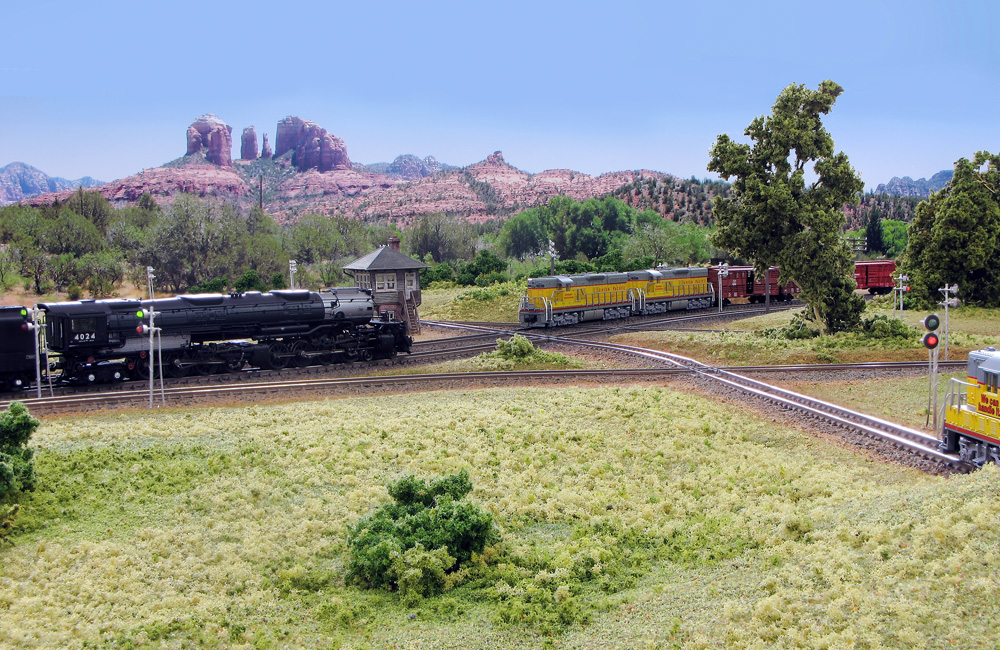
Q: I was wondering, what would be a great way to get started in N scale? I have modeled in HO scale for a while, but I would like to have an N scale layout, since I’m downsizing. What would be some tips and tricks on N scale track and track laying, and what would you recommend for rolling stock? – Chad Chase
A: For someone just getting started in N scale, or in any new scale for that matter, I would recommend starting small. And no, that’s not a 1:160 pun. Start with a module. Look up some of the modular standards in your scale; I would recommend Ntrak or oNeTRAK for N scale, and Free-Mo or HOtrak for HO scale. Now, these standards can be quite involved and complicated. “Why should I bother with all these requirements when I’m only getting started in N scale?” you may ask. While it might be tempting to slap some track down on a table, building a module is the best way to ensure that what you build will still be useful to you later. If you decide to stick with N scale, you can integrate the module into a larger layout. Or you might enjoy simply building modules enough to join a modular club, where you can connect your modules to those built by other members and run trains together.
If you do in fact decide to build on this module later, you’ll want to pick a modeling subject you will still be interested in later. I’m a big fan of proto-freelancing. That’s where you choose a prototype railroad, region, and/or time period you want to model, but don’t put too much effort into modeling any actual locations or industries. This gives you a focus for your modeling efforts and purchases – no auto racks or piggyback flats on a steam-era layout, for example – without requiring a ton of research before you build anything. You may already have a favorite railroad you’d like to model, or a type of scenery you want to include (mountains, forests, deserts, seacoast). If not, just go to your local train store and see what locomotive grabs you. Might be a Pennsylvania RR class K4 4-6-2 Pacific, or it could be an EMD F3 in Santa Fe’s Warbonnet scheme, or perhaps a Norfolk Southern EMD SD70M. This choice will determine the era and, roughly, locale you will model.
So what should be the subject of this module? Keep it simple. I suggest modeling a small town, with a passing track, a depot, a freight house, a team track, and maybe one industrial spur. This will give you a variety of car spots to switch in a small space. Depending on the railroad and locale you want to model, that industry could be a sawmill, a grain elevator, a produce packing house, a coal mine, a rock quarry, a meat packing plant, whatever. Picking the right industry is a great way to establish a sense of place on your module. Put in a grade crossing, and you have a place you can add an animated crossing gate with flashers later. Add some non-rail-served structures like a store and a gas station for color and visual interest. Build a tail track on a removable shelf so you can switch the module and put it away when not needed.
There are plenty of manufacturers out there offering N scale track and rolling stock, but I can’t recommend any particular choices. Since you’re an experienced modeler, I would suggest using flextrack. For a beginner, start with sectional track with integrated roadbed. What rolling stock your railroad needs will depend on your era and the industries you model.
For more detailed assistance in getting started in N scale, may I suggest the aptly named book N Scale Railroading: Getting started in the hobby, second edition by former MR staffer Marty McGuirk. From planning, benchwork, track, and wiring to rolling stock and operation, this book has all the information you need.
Send us your questions
Have a question about modeling, operation, or prototype railroads? Send it to us at AskTrains@Trains.com. Be sure to put “Ask MR” in the subject.






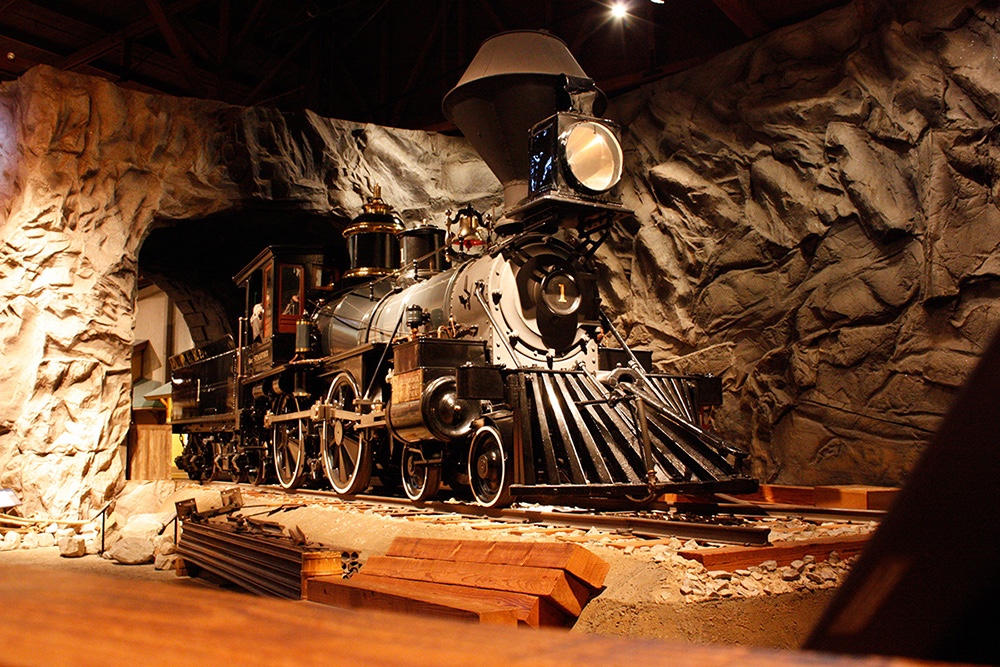
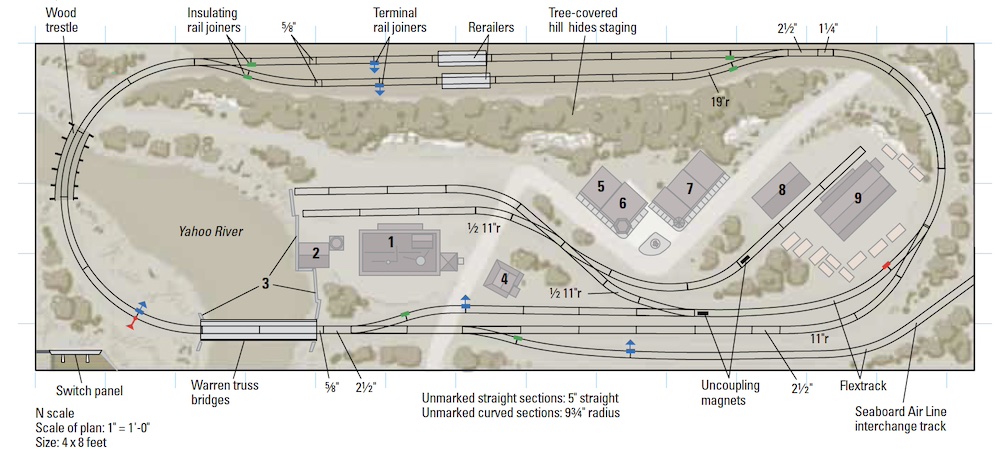
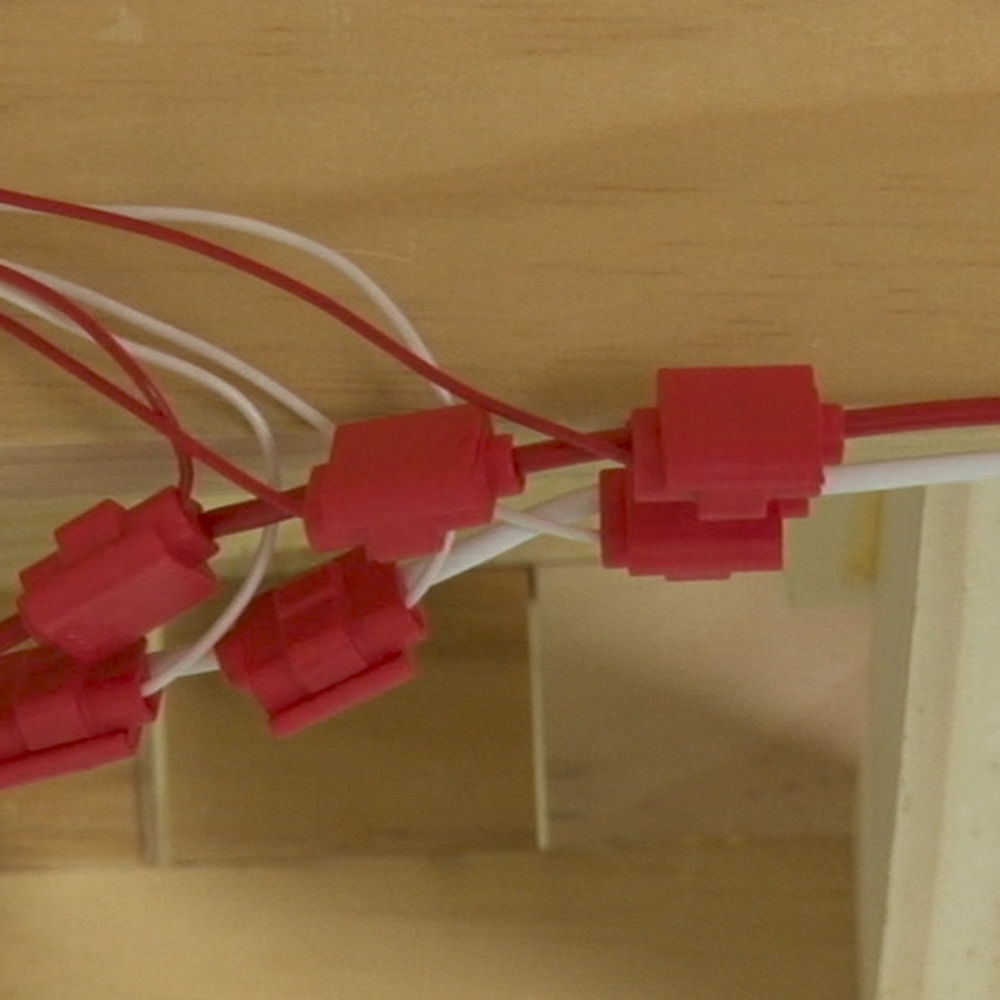
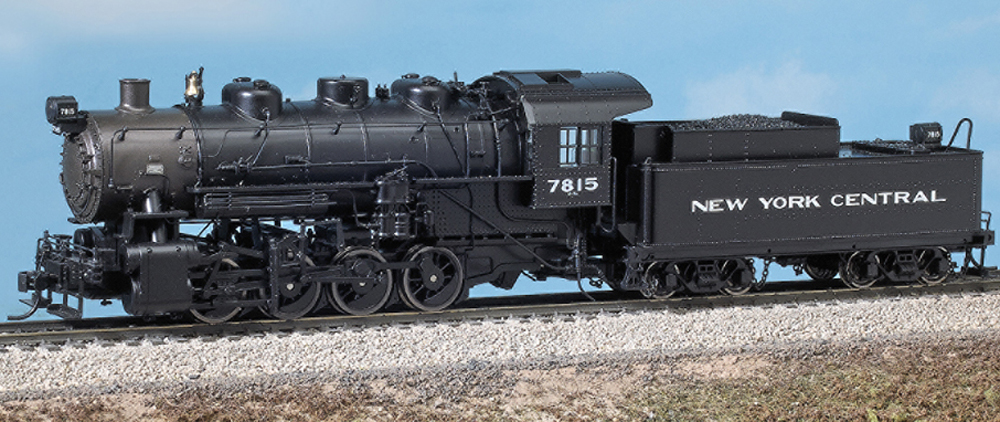




Dear Steve, I think your response to the question by Chad Chose regarding N Scale does a real disservice to the model railroading hobby. If a person starting out goes with a single module, how do they run trains? Whether they start with a simple home layout or a module, their question was about track and not format. If you are going to focus on modules, then you need to recommend T-TRAK as the starting format. Also omitted is Free-moN, along with some lesser known formats. If you direct the person to NRail.org, they can get detailed information on all of N-Scale, including the module formats, knowledge base articles, and Newsletter that covers all aspects of the scale and a live Zoom once a month. The website includes a Forum and an email address for questions. I certainly understand the last paragraph, but the three paragraphs above it seem to be off topic.
In the future, please do not hesitate to enlist the help of NRail in answering questions on N-Scale. We can be reached at info@NRail.org.
Thanks,
-bruce
Bruce Alcock,
Secretary,
NRail